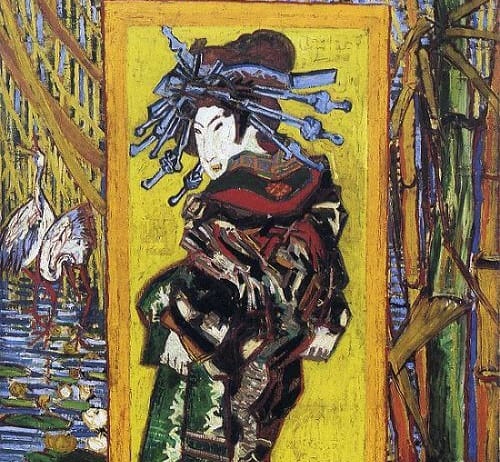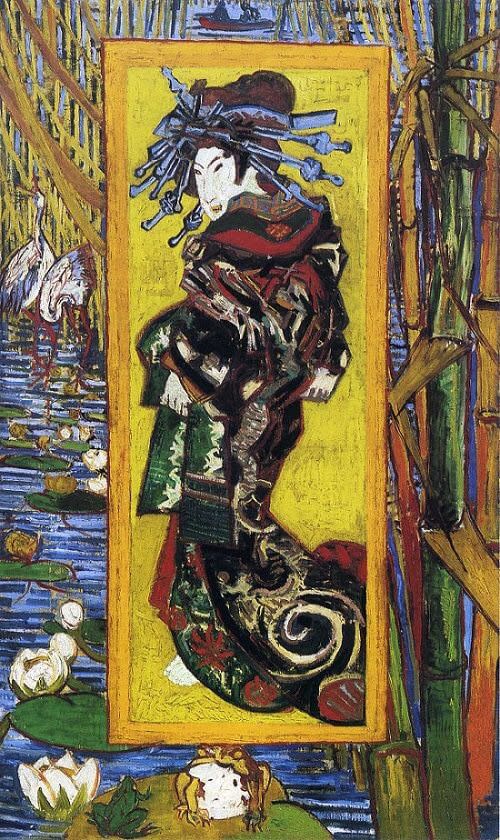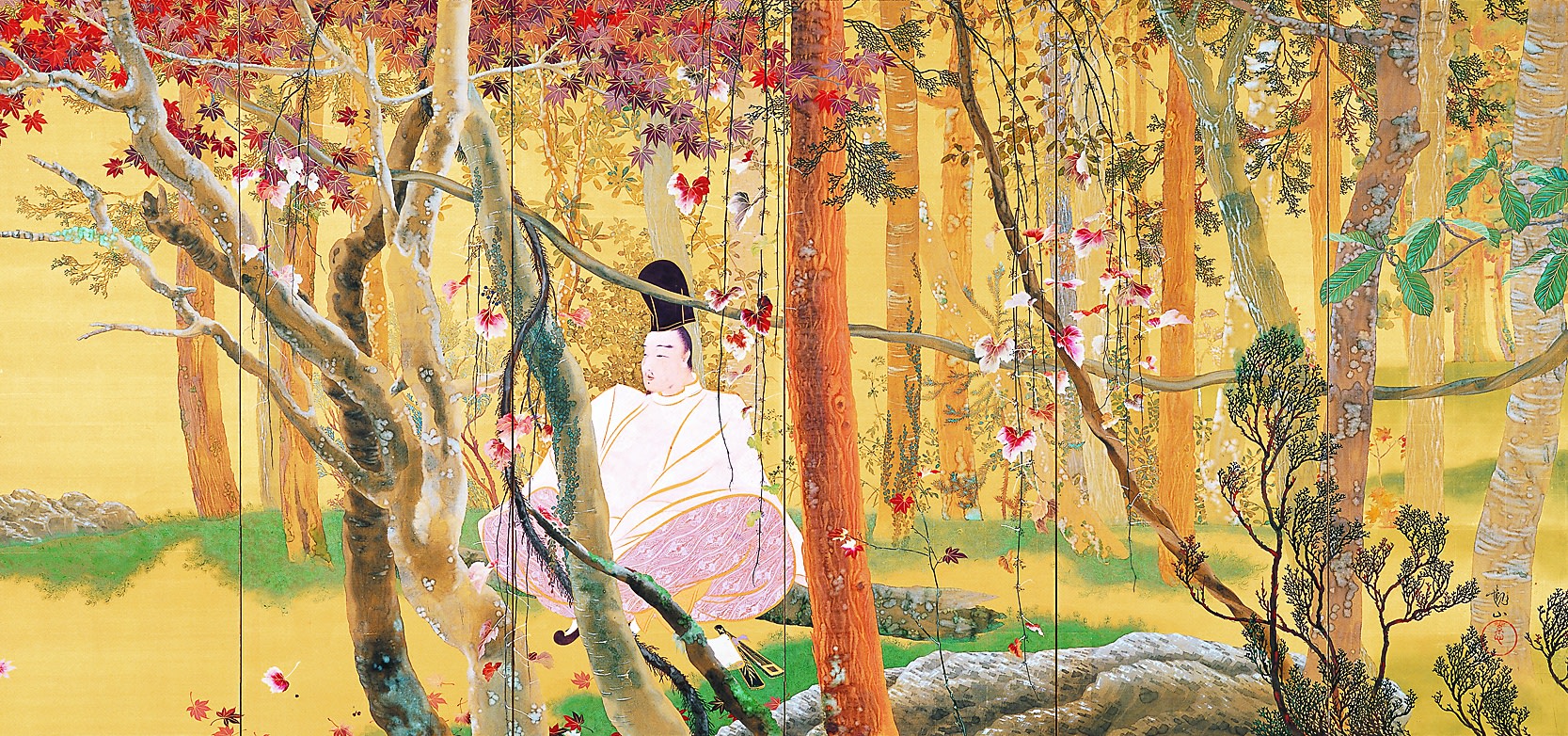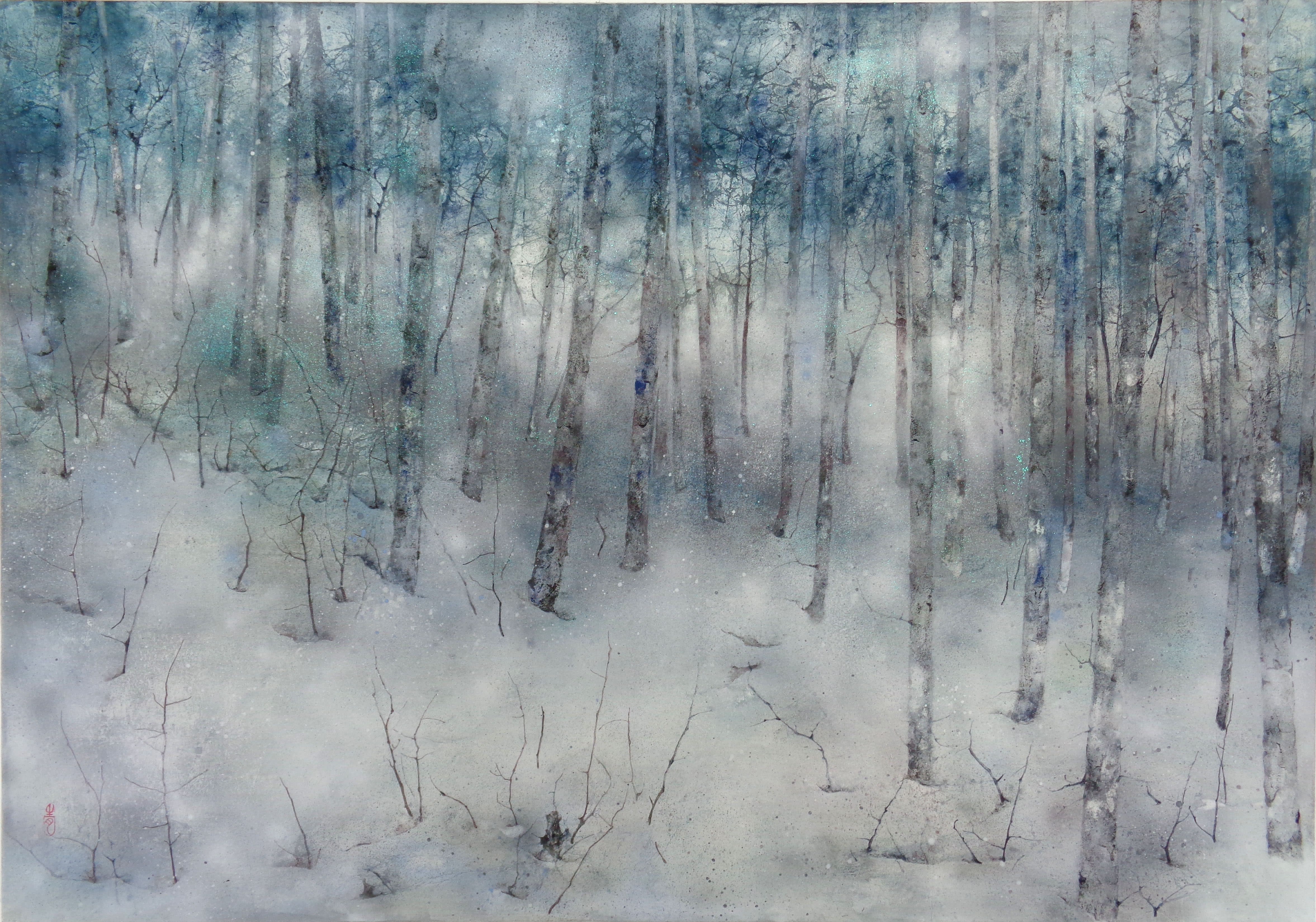
Analysing East Asian contemporary art, whether it is Chinese, Korean or Japanese, is faced with the proposition of ‘Asianess’, the term itself indicates exclusion and differentiation from the rest of the contemporaneity. Before we delve into the contemporary issue, we should focus on 19th-century modernity, as this period greatly influenced our critical understanding of the matter. One great example is Japan reopening its ports to trade with the West in 1853, having been secluded since the 1600s. This event led to a tidal wave of Japanese imports flooding European shores, resulting in a growing interest in Japanese craft and aesthetics. Japonisme, a term coined by the French art critic and collector Philippe Burty in 1872, referred to the incorporation of either iconography or concepts of Japanese art into European art and design. Undoubtedly, Japanese art, with its flat planes, bold colours and dramatic stylisation, greatly influenced most of the Impressionist and Post-Impressionist artists, particularly affected were Paul Ranson, Claude Monet and Vincent van Gogh.

Paul Ranson, Tigre dans les jungles, 1893

Claude Monet , La Japonaise, 1876

Vincent van Gogh, Japonaiserie, 1887
Some artists depicted models in Japanese dress, and conspicuously displayed ‘Oriental’ props in their work, while others were influenced in subtler ways, adopting aspects of the Japanese style of traditional painting. While Japonisme is perceived as an important factor to the understanding of the history and the development of modern art, as described in History of Modern Art by H. H. Arnason, little attention is being paid to the art made in Japan during that time. It showcases the perception of Japan as “the other,” excluded from the development of modernity apart from the use of stylistic elements deemed fascinating by Western European artists. The 19th-century Japanese art scene was divided into two stylistic approaches: yōga, referring to Western-style paintings, and nihonga, referring to traditional Japanese-style painting. Nihonga emerged during the Meiji period (1868-1912) in an attempt to combat the Western influence in Japan by emphasising the importance and beauty of native Japanese traditional arts.

Shimomura Kanzan, Mt. Ogura, 1909, Yokohama Museum of Art
This narrative is still present nowadays when analysing contemporary art. Jonathan Hay points out in his essay Double Modernity, Para-Modernity that contemporary art embodies the terms globalisation, globalism, and the global as a mean to maintain “non-Western world at a safe conceptual distance, as an object rather than cosubject.”Ideologically, the globalisation evokes the process of contemporaneity spreading its influence “from West to the rest” and as a result the ‘rest’ moving towards the West.This method reveals that the ‘rest’ can only gain subjecthood by becoming more like the West, embracing their aesthetic conventions and endorsing innovation. That’s why the Nihonga style painting is an important part of the contemporary art scene.

Yi-Ching Chen, Solitude, 2020
One great example is Yi Ching Chen, Contemporary artist currently based in Paris, who not only practices the style but established a Nihonga atelier to help popularise the technique outside of Japan. Yi Ching Chenʼs exquisite skills and long experience make her one of the most eminent contemporary Nihonga artists in Europe. In 2002, she was admitted to study at the renowned Institute of Fine Arts at the Kyoto Municipal University of Arts under Takao Yamazaki, a prominent representative of the Nitten movement. In 2003, she was awarded the Shouhaku Museumʼs Grand Prize for her painting Kabocha. Atsushi Uemura, an eminent master of Nihonga, also recognised her immense talent, offering her a studio and the opportunity to study under his guidance after completing her Masterʼs Degree. Following her success, in 2004, she held her first solo exhibition at the Nasic Square Gallery in Kyoto. Her multi-panel artworks reveal a close connection with the elements of nature, not only with the subjects but also with the materials used in its technical creation, such as earth and mineral pigments. Her artworks convey a mystic ambience, revealing the artistʼs mind and sensibility.